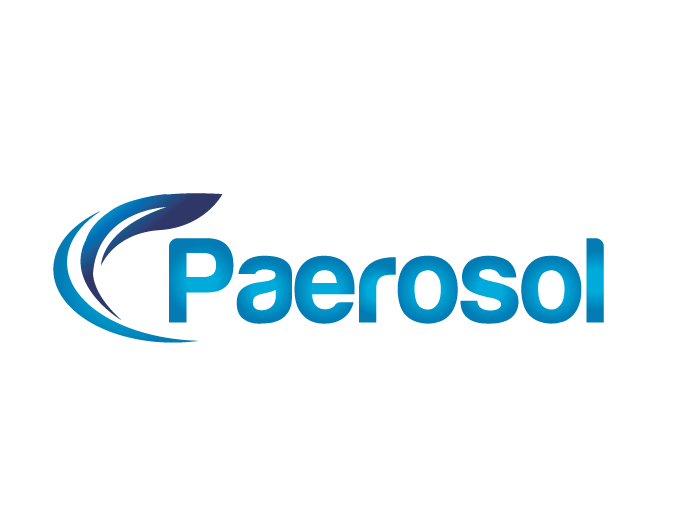Paerosol wants you to stay informed on the most complete information related to the business, our technology, and how to purchase our products.
Paerosol was developed and patented at the Department of Energy’s Pacific Northwest National Laboratory (PNNL) and has been thoroughly validated over the past 30 years, with over $50mm of private and public R&D investment.
Paerosol is a safe, all-natural micro-aerosol technology that will kill viruses, bacteria, and spores in the air and on surfaces with up to 99.9999% efficacy. Paerosol is proven to be effective on pathogens more virulent and complex than COVID-19, and in fact, VIRUSES HAVE NO DEFENSE AGAINST PAEROSOL.
Paerosol was up to 99.9999% effective at killing the Swine Flu (H1N1) and Bird Flu (H5N1) viruses, and is NON-TOXIC.
Paerosol has been validated by the following research institutions: U.S. Department of Energy, U.S. Defense Threat Reduction Agency, United States Department of Agriculture, World Health Organization, Auburn University, Mississippi State University, University of Colorado and more.
Paerolyte is the active fluid for Paerosol and now has EPA approval for use.
Total Weight is approximately 25 pounds.
Dimensions are 19″ x 20″ x 16″
Paerosol is Made in the USA and is Certified Organic
Paerosol consists of two components: a Fluid Production System that makes an all-natural liquid disinfectant and a patented Dry Sprayer.
The Fluid: Our liquid disinfectant is safe and highly effective. The main killing or reactive agent is Hypochlorous Acid (HOCL), which is used today in wound care and is an essential part of the human immune system. Our HOCL disinfectant has the following properties: Free Available Chlorine (FAC level) of 2600 ppm (.26%), Oxidation Reduction Potential (ORP) 950 – 1,000, and a neutral pH (6.8-7.2). HOCl is 100 to 300 times more effective than bleach – yet is nontoxic and non-irritating. Because HOCl tears down the cell wall of the bacteria or outer protein membrane of a virus, these pathogens can never develop resistance. In fact, HOCL has killed every pathogen (virus, bacteria, fungus, mold, etc.) which it has been exposed to in scientific testing. HOCl is so gentle that it is commonly used in eye, wound & veterinary care products. Paerolyte is the active fluid for Paerosol and now has EPA approval for use.
Dry Spray Technology™: The patented Dry Sprayer is the key differentiator of our disinfecting technology. The Dry Sprayer uses proprietary ultrasonic technology to convert the HOCl liquid into a high-volume micro-aerosol with particle sizes ranging from 0.2 – 5 microns in diameter. The HOCl liquid is transformed into tiny sub-micron particles that permeate throughout a room or enclosed space, diffusing from areas of high concentration to areas of low concentration. In a gas like state, the HOCl particles engulf the room killing any pathogens in the process, even penetrating clothing, carpeting, drapes, and other materials. Wherever a virus or bacteria is hiding, the Dry Sprayer will find it and kill it. Paerosol will also destroy odors, even hard to remove odors such as cigarette smoke, mold and mildew.
Paerosol is all-natural (organic) with no negative side effects. It is non-toxic to warm-blooded animals, safe and simple to use, inexpensive, and non-corrosive for sensitive electronic equipment. Paerosol requires no chemicals or consumable materials other than water and salt. Paerosol requires no technical training or certification, and may easily be deployed with no required site preparation. Paerosol provides a safe, thorough and more effective cleaning solution than any other products available in the marketplace.
1. Viruses are relatively simple in their molecular structure and composition. They need a host to reproduce and are not even considered living organisms by most biologists. They are composed of DNA or RNA encapsulated in a protein or lipid/fat membrane. These structures are easily degraded and destroyed by oxidation via HOCL, and viruses have no intrinsic cellular functions to be able to defend against, repair, or reproduce in response to this. Some have thicker or stronger membranes and are more difficult to kill, but all are susceptible to oxidation.
2. Single-celled organisms like bacteria and mold spores are a bit more complex. They are living cells, with some cellular defenses against oxidation. They have more complex cell walls, and do have some metabolic pathways that allow them to “detoxify” oxidative species. Typically this makes them more difficult to kill than viruses, but given a bit more exposure time to HOCL as compared to viruses, they are also very susceptible and will be killed.
3. Very complex organisms are multi-cellular and have many different cell types organized into tissues, organs, and other specialized structures. These cells have many metabolic pathways that allow them to respond to oxidative stress. Human cells can defend against and/or repair damage due to oxidation. Additionally, if excessive damage is done and cells die, they can be replaced (think of getting a bad sunburn – due to oxidation by UV light – and your skin pealing).
4. As an important final point, vertebrates produce HOCL in their immune cells. Our own immune cells use HOCL to kill invasive pathogens like viruses and bacteria. The HOCL is highly localized within these cells, but there must be some innate immunity in the form of a molecular/metabolic pathway that prevents the HOCL from damaging the human cell. This specific molecular mechanism is still unknown to scientists.
Contact us at [email protected] to learn more about our product and pricing.
